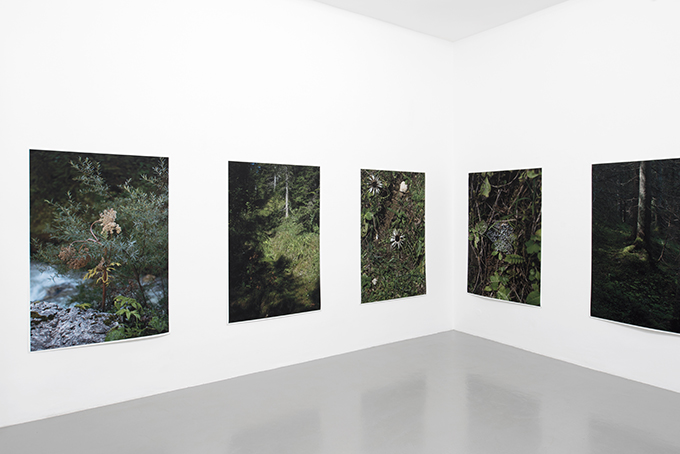
Installation view
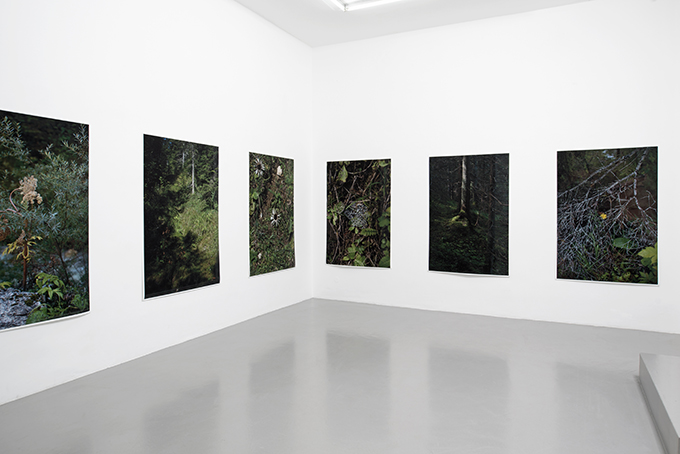
Installation view
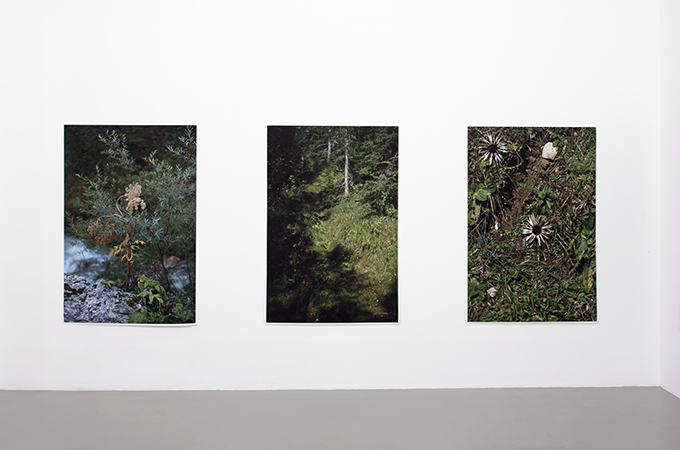
Installation view
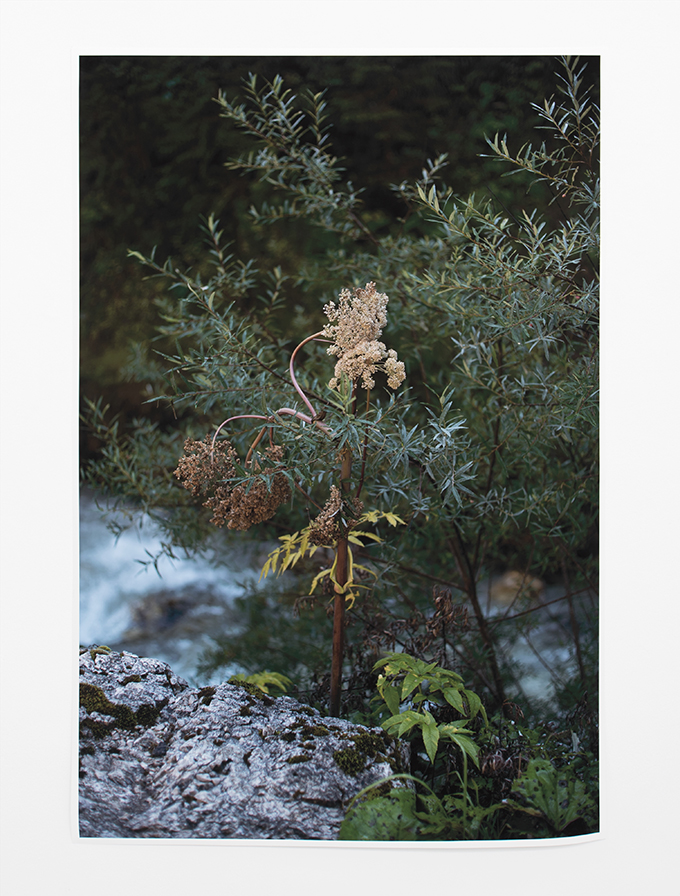
Untitled, 2018, pigment print, edition 3 + 2 AP
148 x 98,8 cm
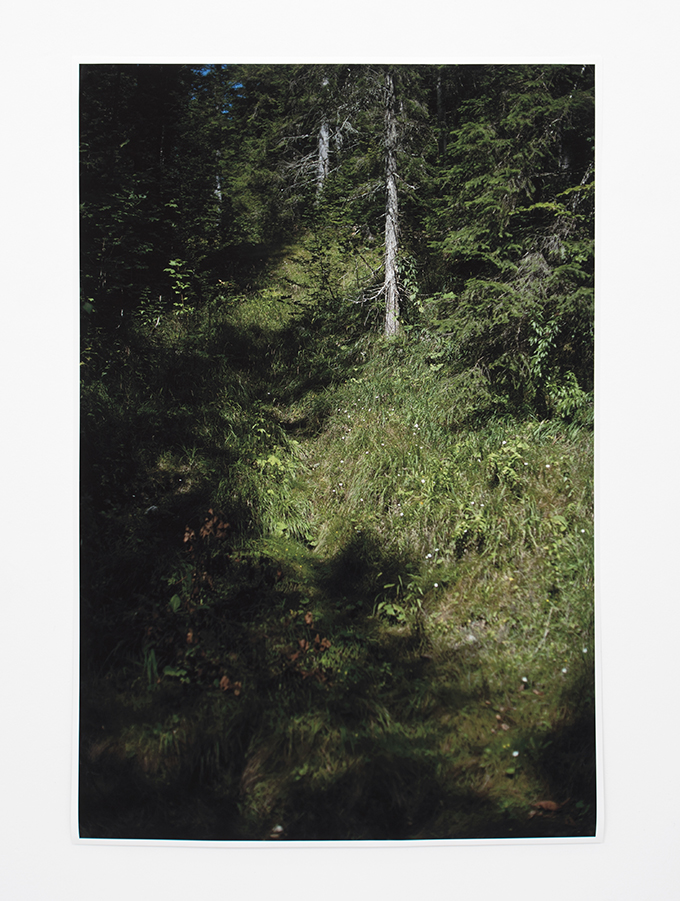
Untitled, 2018, pigment print, edition 3 + 2 AP
148 x 98,8 cm

Untitled, 2018, pigment print, edition 3 + 2 AP
148 x 98,8 cm
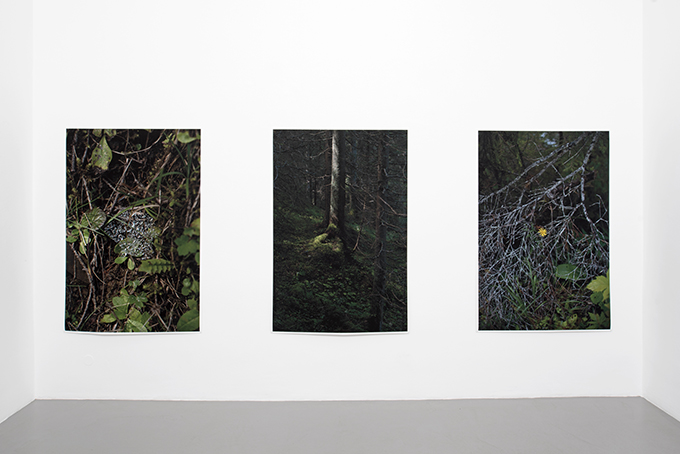
Installation view
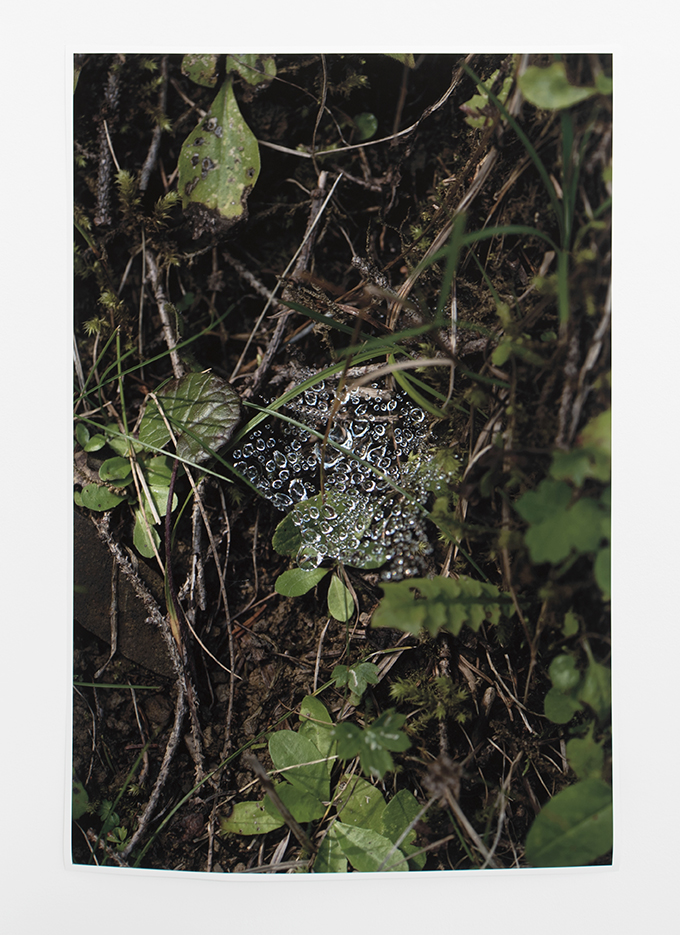
Untitled, 2018, pigment print, edition 3 + 2 AP
148 x 98,8 cm
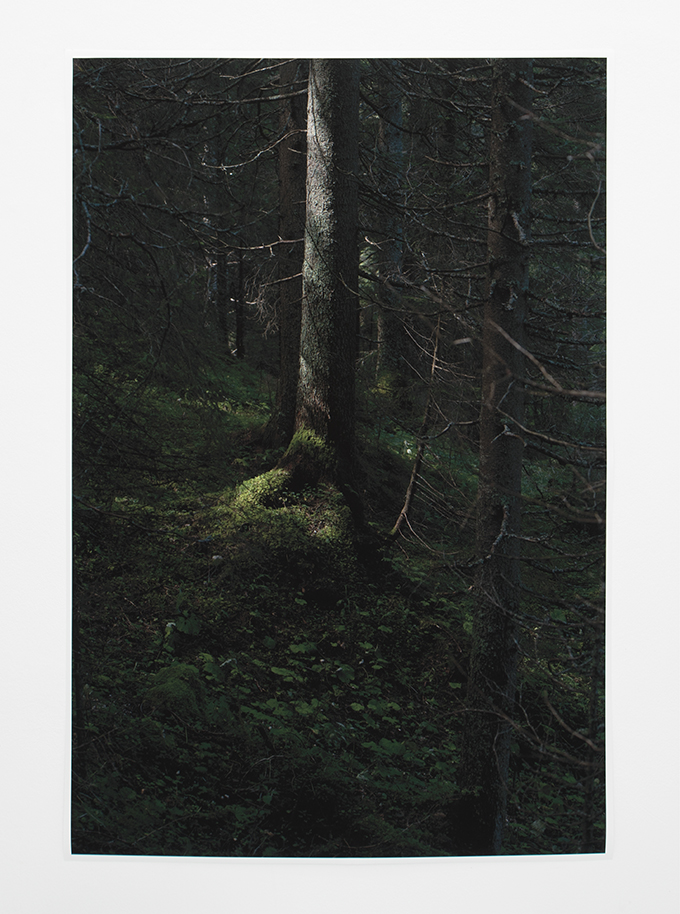
Untitled, 2018, pigment print, edition 3 + 2 AP
148 x 98,8 cm
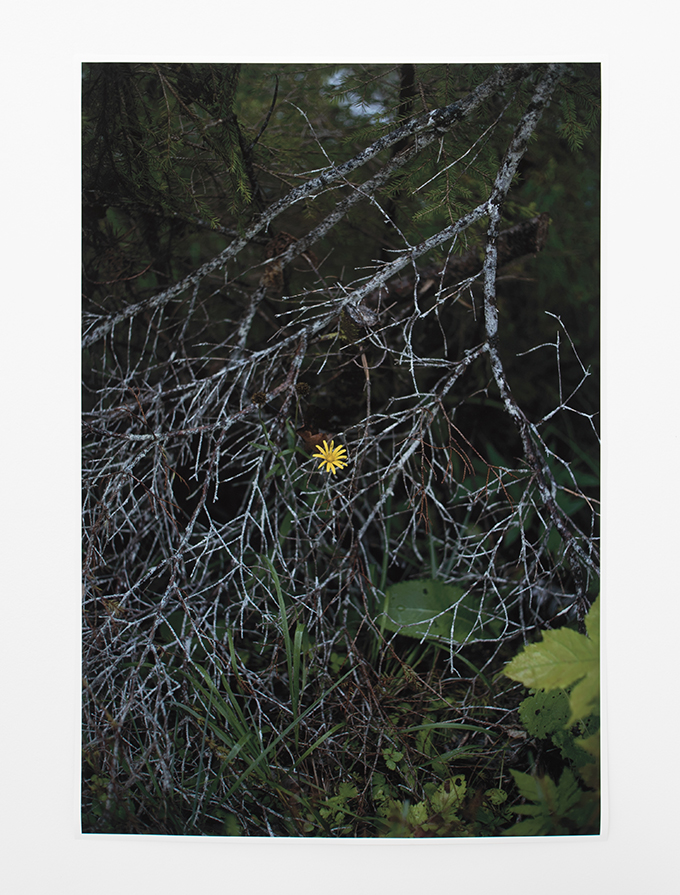
Untitled, 2018, pigment print, edition 3 + 2 AP
148 x 98,8 cm
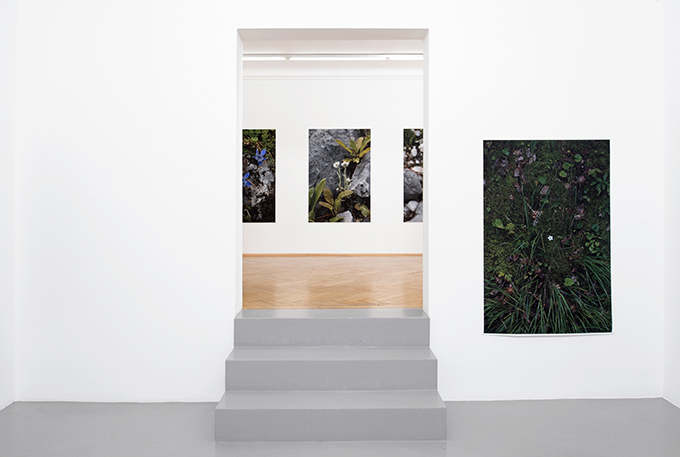
Installation view
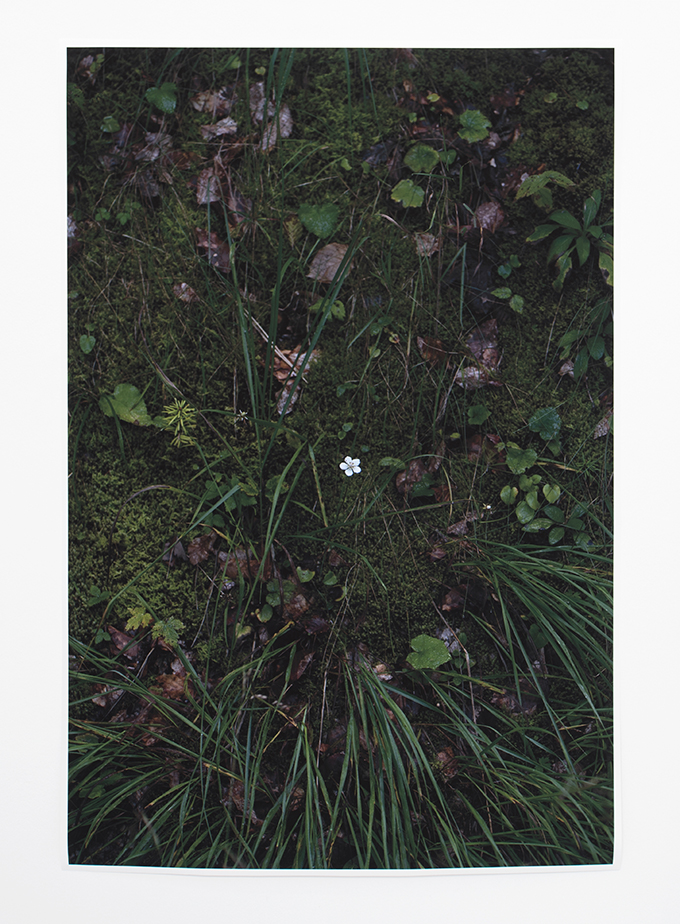
Untitled, 2018, pigment print, edition 3 + 2 AP
148 x 98,8 cm
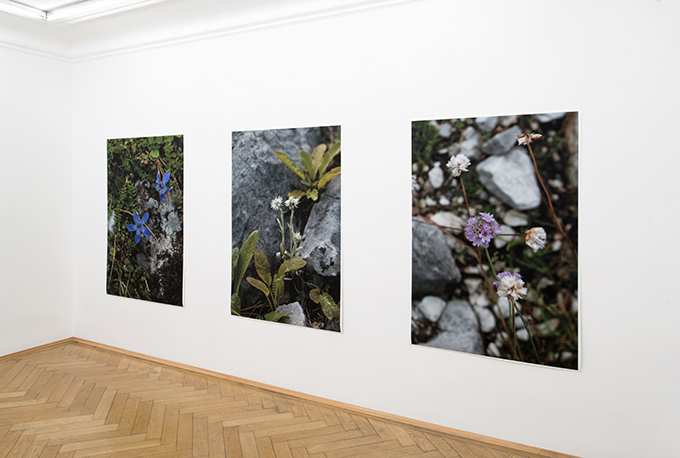
Installation view
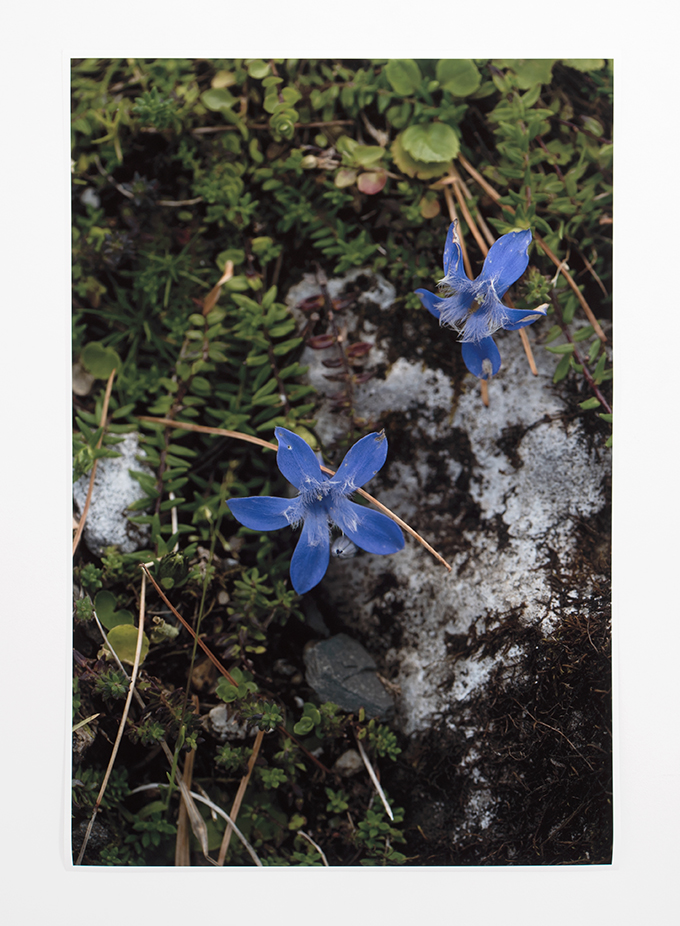
Untitled (Gentiana), 2018, pigment print, edition 3 + 2 AP
148 x 98,8 cm
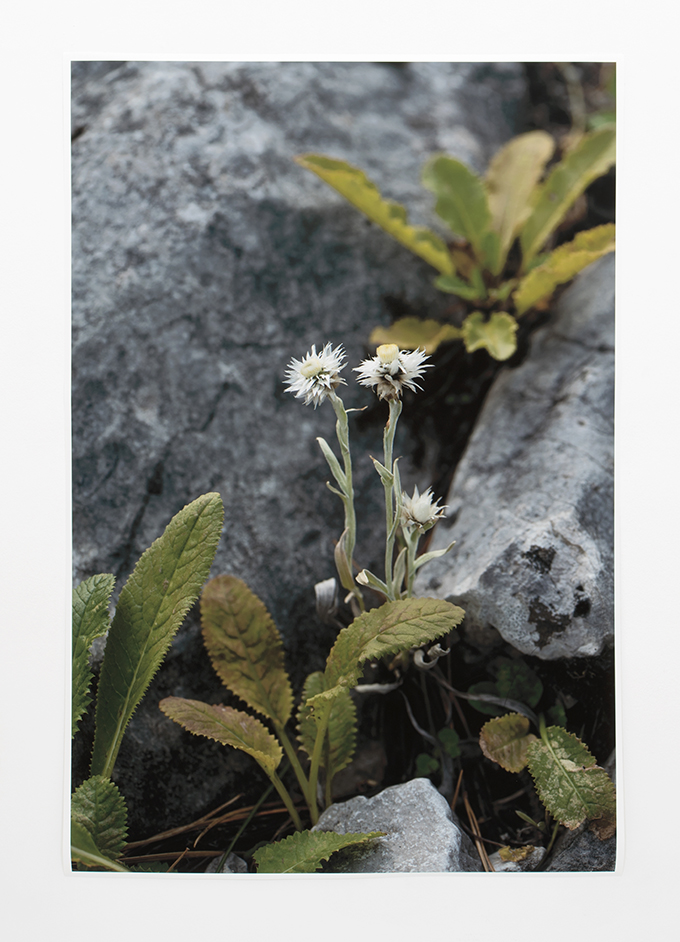
Untitled (Anaphalis nepalensis), 2018, pigment print, edition 3 + 2 AP
148 x 98,8 cm
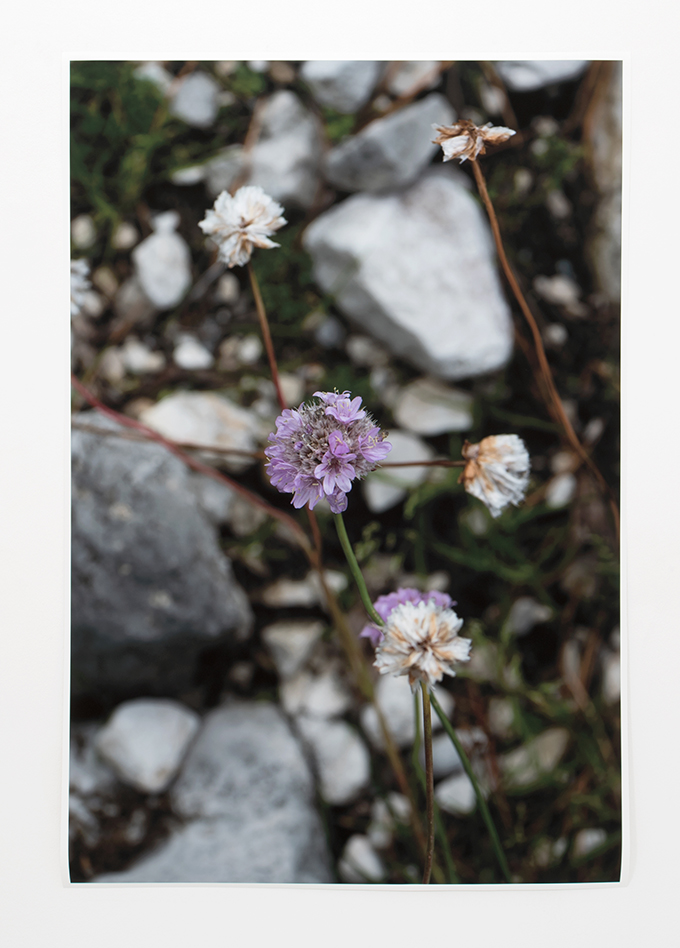
Untitled (Armeria maritima), 2018, pigment print, edition 3 + 2 AP
148 x 98,8 cm
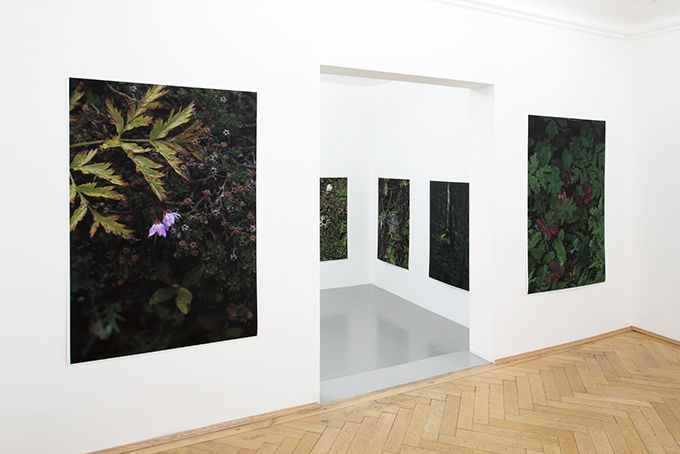
Installation view
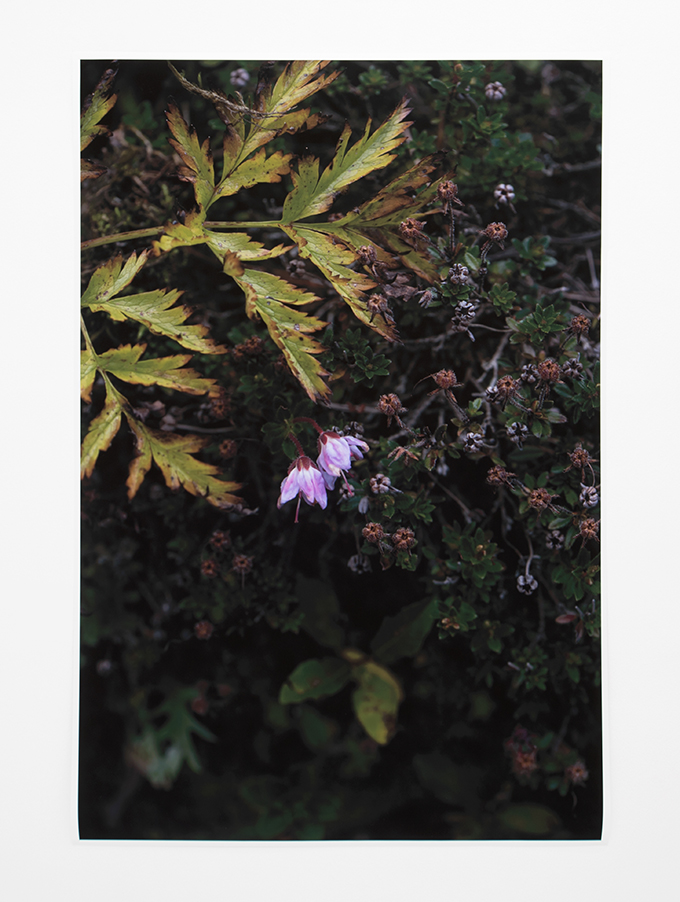
Untitled (Rhododendron), 2018, pigment print, edition 3 + 2 AP
148 x 98,8 cm
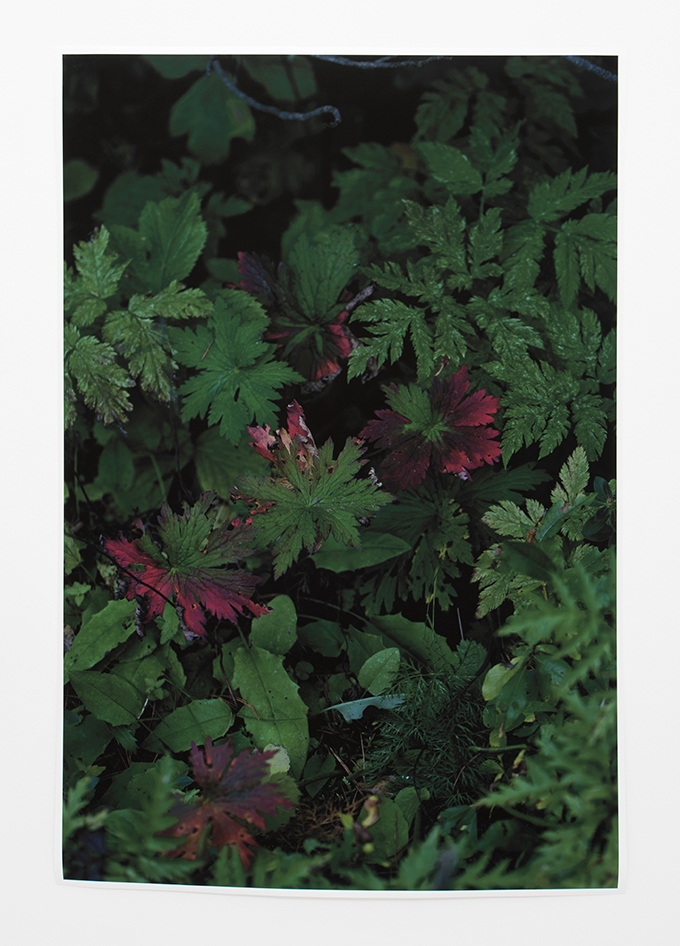
Untitled, 2018, pigment print, edition 3 + 2 AP
148 x 98,8 cm
Untitled (Libertatea), 2018, 1-channel HD video, color, sound, edition 3 + 2 AP
66’22’’
Frank Stürmer im Gespräch mit Lena Tilk
München, den 25. Oktober 2018
LT: Wie kamst Du darauf, die aktuelle Ausstellung hier in der Galerie Christine Mayer LIBERTATEA zu nennen?
FS: LIBERTATEA ist ein rumänischer Titel. Meine erste betitelte Ausstellung 2010 habe ich EPOCA DE AUR genannt, das heißt übersetzt Das Goldene Zeitalter. Die nächste Ausstellung 2012 habe ich UTOPIA CONCRETA genannt. Die Konkrete Utopie. Dann kam 2016 PARADISUL. LIBERTATEA ist in dieser Reihenfolge also die vierte Ausstellung, die einen rumänischen Titel hat. Der Titel ergibt sich eigentlich aus meiner Vergangenheit, weil ich in Bukarest geboren bin. Es ist die Beschäftigung mit dem Herkunftsland und der Muttersprache, die mich nicht loslässt. So kam der Titel vor einem halben Jahr wie scheinbar aus dem Nichts. Wahrscheinlich hat es damit zu tun, dass ich die Vorstellung im Kopf habe, wie Leute 1989 auf der Straße gegen Ceaușescu skandiert haben: “Libertate!“ und für ihre Freiheit einstanden.
LT: Hattest Du die Idee zum Titel also bevor Du genau wusstest, welche Fotos Teil der Ausstellung sein werden?
FS: Nein, die Titelidee und die Fotografien entstehen gleichzeitig. In meinem Archiv schaue ich mir zuerst das Material an und überlege mir, was ich für eine Ausstellung noch finden muss. Auf diese Weise ergeben sich Titel und Ausstellung gemeinsam. Das, was schlussendlich auf den Fotos zu sehen ist, steht also in direkter Verbindung zum Ausstellungstitel.
LT: Die Fotos, die jetzt in der Ausstellung LIBERTATEA zu sehen sind, zeigen allesamt Pflanzen. Was fasziniert Dich gerade an der Pflanze als Motiv?
FS: Mit der Zeit bin ich wohl zu einem Pflanzenliebhaber geworden. Ich kann nicht sagen warum, aber ich nehme an, dass es eine Entwicklung ist, die man als Mensch durchläuft. Mit 11 oder 12 Jahren habe ich angefangen zu fotografieren. Damals waren das Wichtigste die Menschen in meinem Umfeld, die Freunde, die Familie. Die Katze, die Tolstoi hieß. Mit meiner ersten Kamera habe ich hauptsächlich Tolstoi gefilmt. Ich bin in Bukarest geboren und als Stadtkind haben mich zunächst Städte, Häuser und Menschen stärker beeinflusst als die Natur. Zur Natur und zu den Pflanzen kam ich erst in den letzten Jahren durch Wanderungen.
LT: Der Prozess des Fotografierens ist bei Dir also ein intuitiver, Du fotografierst nicht nach einem vorgefertigten Konzept?
FS: Nein, auf alle Fälle nicht. Das, was mich an der Fotografie am meisten interessiert, ist diese Schnelligkeit und die pure Intuition, die man dabei hat. Alle Fotos, die ich jetzt in der Ausstellung zeige, sind innerhalb von einem Tag, während der Wanderung auf den Schachen entstanden.
LT: Vor uns liegt Deine neue Publikation Berlin, die Du eben frisch aus der Druckerei abgeholt hast. Du willst sie während der Eröffnung auslegen, sie ist also auch Teil der Ausstellung?
FS: Ja, in einer Serie von Publikationen ist Berlin die dritte Publikation. Die erste ist Moskau, die zweite Nitzkydorf und jetzt Berlin. Die Publikation ist mehrbändig konzipiert. Das hier ist der erste Teil, abgedruckt sind Fotos aus den Jahren 2008 bis 2013. Die Fotos sind alle aus dem fahrenden Auto aufgenommen. Um diese Stadt unvermittelt zu erfassen, schaue ich dabei nicht durch den Sucher, sondern fotografiere intuitiv Häuserfassaden und Situationen. Die Bilder aus den Jahren 2008 bis 2013 sind alle noch auf Dia entstanden. Dann gibt es einen Bruch. Die nächste Publikation Berlin soll digitale Fotos aus den Jahren 2014 bis 2018 oder 2019 beinhalten. Ich fand es einen guten Kontrast, diese Publikation jetzt zur Ausstellung herauszubringen. Nicht allein die Motive unterscheiden sich. Die Bilder stehen auch im Kontrast dazu, wie man an sich fotografiert. Die Pflanzenserie ist während der Wanderung auf den Schachen an einem einzigen Tag entstanden. Am 5. September dieses Jahres, der letzte Tag, an dem der alpine Botanische Garten geöffnet war. Die Fotos der Publikation sind demgegenüber über einen langen Zeitraum entstanden.
LT: In der Publikation bekommt man vor allem einen Eindruck von dem architektonischen Berlin. Man sieht Häuserfassaden und Straßen.
FS: Häuser haben mich immer schon interessiert. Schon deswegen, weil ich mit vier Jahren in Bukarest ein Erdbeben miterlebt habe. Das Haus auf der Piața Amzei, in dem ich aufgewachsen bin, ist ein Haus aus den 30er Jahren. In der Zeit zwischen den Kriegen entstanden in Bukarest eine erstaunliche Fülle moderner Bauten, die bis heute das Stadtbild prägen. Ein Erdbeben in einem solchen Haus zu erleben, verbindet dich mit eben diesem Haus – stärker, als man vielleicht denken mag. Mein ganzes Leben zieht sich deshalb das Haus als Thema durch meine Fotografie.
LT: Was hat es mit dem Film auf sich, den Du im Flur der Galerie zeigen wirst?
FS: Das ist mein erster geschnittener Langfilm. Der längste Film bis jetzt, ist ein 24-minütiger Film, den ich über die Hunde in Bukarest bei Nacht gedreht habe. Dieser Film ist in dem Sinne aber nicht geschnitten, weil die 24 Minuten Videomaterial direkt in der Kamera geschnitten wurden. Der Film in dieser Ausstellung dauert jetzt um die 65 Minuten und daran habe ich mehrere Wochen geschnitten. Der Film handelt von den Amseln auf unserem Balkon. Es geht um Hermine, ein Amselweibchen, das seit mehreren Jahren bei uns lebt und auf dem Balkon brütet und ihre Jungen großzieht. Über zwei Jahre habe ich Hermine und ihre Jungen gefilmt. Im Frühsommer 2017 habe ich angefangen und im Spätsommer dieses Jahres habe ich die Aufnahmen vorerst für diesen Film abgeschlossen. 2017 habe ich leider nicht den Nestbau erwischt, dafür habe ich ihn aber dieses Jahr nachgedreht, wenn man so will. In dem Film sieht man also alle Phasen vom Nestbau über die Aufzucht der Nestlinge, das Füttern, das Selbstständigwerden bis hin zum Ausfliegen. Und dann geht es wieder von Null los. Dieses Jahr hat Hermine leider nur ein Ei gelegt, aus dem dann Wilhelmine geschlüpft ist. Wilhelmine habe ich dieses Jahr aber eher fotografiert, weil ich schon so viel Filmmaterial von letztem Jahr hatte. Wenn man Tiere filmt, hat man auch wahnsinnig viel Leerlauf, weil man einfach die Kamera laufen lassen muss. Teilweise bin ich auch gar nicht vor Ort. Um die Situation nicht zu stören, stelle ich die Kamera hin und sie filmt von alleine. Das ist aber auch ein grundsätzliches Prinzip meiner filmischen Arbeit, dieses Nichtvorortsein während die Kamera das filmt, was sie aufnimmt. Auch in der letzten Video-Installation von Utopia concreta habe ich das so gehandhabt. Das Video zeigt zwei Katzen, eine schlafend und die andere wach. Ich habe einfach nur die Kamera angemacht und bin gegangen und erst wieder zurückgekommen, als die Situation beendet war. Die Tiere sollen in keinen Kontakt mit mir treten, aber natürlich gibt es dann auch wieder Aufnahmen, in denen die Tiere mit dir kommunizieren oder der Vogel mit dir spricht.
LT: Mir ist aufgefallen, dass Du für diese Ausstellung bei den Blumenfotos ein großes Format gewählt hast. War das eine motivierte Entscheidung?
FS: Ich habe diese kleinen alpinen Pflanzen alle mit dem Makro-Objektiv fotografiert. Dabei hatte ich das Gefühl, dass ich diese Pflanzen schlussendlich überdimensional zeigen will. Deswegen habe ich das Format 148 x 98,8 cm gewählt. So hat man als Betrachter das Gefühl, als ob man die Blumen aus der Perspektive eines anderen Wesens, vielleicht eines Käfers, einer Hummel oder eben eines Vogels beobachten würde.
Frank Stürmer in conversation with Lena Tilk
Munich, 25th of October 2018
LT: How did you come up with the idea to name your current exhibition here at Galerie Christine Mayer LIBERTATEA?
FS: LIBERTATEA is a Romanian title. I named my first show bearing a title in 2010 Epoca de aur, meaning The Golden Age. I called the next exhibition in 2012 Utopia concreta. Die Konkrete Utopie (The Concrete Utopia), followed by PARADISUL in 2016. So in this sequence, LIBERTATEA is the fourth show bearing a Romanian title. It actually derives from my past, because I was born in Bucharest. Dealing with my homeland and mother tongue is what still has a hold on me. The title came to me out of the blue around half a year ago. It probably had to do with having in mind how in 1989 people in the streets chanted “Libertate!” against Ceaușescu and stood up for their freedom.
LT: Did you have the idea for the title before you knew exactly which photos would be part of the show?
FS: No, the idea for the title and the photographs originated simultaneously. I first look at the material in my archive and think about what I still need to find for an exhibition. In this manner, the title and the exhibition emerge at the same time. Therefore, that which is ultimately seen in the photos is directly connected to the title of the exhibition.
LT: The photos now on view in LIBERTATEA all depict plants. What do you find so fascinating about plants as a motif?
FS: Over time I have obviously become a plant lover. I can’t say why, but I presume that it is a development you go through as a human. I started taking pictures when I was 11 or 12. At the time, people in my surroundings were most important to me, my friends and family. The cat called Tolstoy. I mainly took pictures of Tolstoy. I was born in Bucharest, and as a city child I was initially influenced more by cities, buildings and people than by nature. I came upon nature and plants only in the past years through hiking.
LT: So the process of taking photos is intuitive in your case, you don’t photograph according to a preconceived concept, do you?
FS: No, not at all. What interests me most about photography is this speed and pure intuition that you feel. All photos on view in the exhibition were taken on one day during a hike on the Schachen.
LT: We have here your new publication Berlin, which you just picked up from the printers. You want to put it on display during the opening, so is it part of the exhibition?
FS: Yes, in a series of publications Berlin is the third. The first is Moskau, the second Nitzkydorf and now Berlin. The publication is to comprise several volumes. This is the first one featuring photos from 2008 to 2013. The photos were all shot from a driving car. To grasp this city directly, I don’t look through the viewfinder, but intuitively photograph building facades and situations. The pictures taken between 2008 and 2013 are all still slides. Then there was a break. The next publication of Berlin will include digital photos taken from 2014 to 2018 or 2019. I thought it would form a good contrast to publish it now on the occasion of the exhibition. Not only the motifs differ. The pictures also stand in contrast regarding the way the photography as such was conducted. The series of plants was made during a hike on the Schachen on a single day, on September 5 of this year, the last day on which the Alpine Botanical Garden was open. The photos of the publication, on the other hand, were taken over a long period of time.
LT: The publication mainly gives an impression of Berlin’s architecture, showing building facades and streets.
FS: I have always been interested in buildings, also because I experienced an earthquake in Bucharest when I was four years old. The house on Piața Amzei, in which I grew up, is from the 1930s. In the period between the two world wars, an astounding plethora of modern buildings were erected in Bucharest that shape the cityscape until this day. To experience an earthquake in such a building ties you to it—more strongly than one would perhaps expect. So throughout my life, the house as a theme has been present in my photography.
LT: What can you tell us about the film that you will show in the hallway of the gallery?
FS: That is my first edited long film. The longest up to now was a 24-minute film I shot about dogs at night in Bucharest. That film was not edited in the traditional sense, because the 24 minutes video material were cut directly in the camera. The film in this show lasts 65 minutes, and I edited it for several weeks. It deals with blackbirds on our balcony. It is about Hermine, a female blackbird, who has been living with us for several years, breeding and rearing its young ones on the balcony. I filmed Hermine and her nestlings for two years. I began in early summer of 2017 and stopped in late summer of this year to complete the film. Unfortunately I didn’t capture the nest-building in 2017, but this year I reshot it, so to speak. The film therefore shows all phases of nest-building, the rearing and feeding of the nestlings, their becoming independent, all the way to their fledging. And then it starts all over again. Unfortunately, Hermine laid only one egg this year, from which Wilhelmine then hatched. This year I filmed Wilhelmine more, because I already had so much material from last year. When filming animals, you have a lot of idle time, because all you need to do is keep the camera running. Sometimes I am not even there. In order to not disturb the situation, I install the camera and it films on its own. But that is also a basic principle of my film work, not being on site when the camera records what it records. Something which is also true of my last video installation, Utopia concreta. The video shows two cats, one sleeping, the other awake. I just switched on the camera and went away, returning only after the situation was over. The animals shouldn’t come in contact with me, but of course there are shots in which the animals communicate with you or the bird talks to you.
LT: I noticed that you chose a large format for the flower photos in this exhibition. Was that a motivated decision?
FS: I photographed all of these small Alpine plants with a close-up lens and felt that I would like to ultimately present them in oversized dimensions. That’s why I chose the format 148 x 98.8 cm. As a viewer, you therefore have the feeling as if the flowers were being observed by another being, maybe a beetle, a bumblebee, or indeed a bird.
translated by Karl Hoffmann